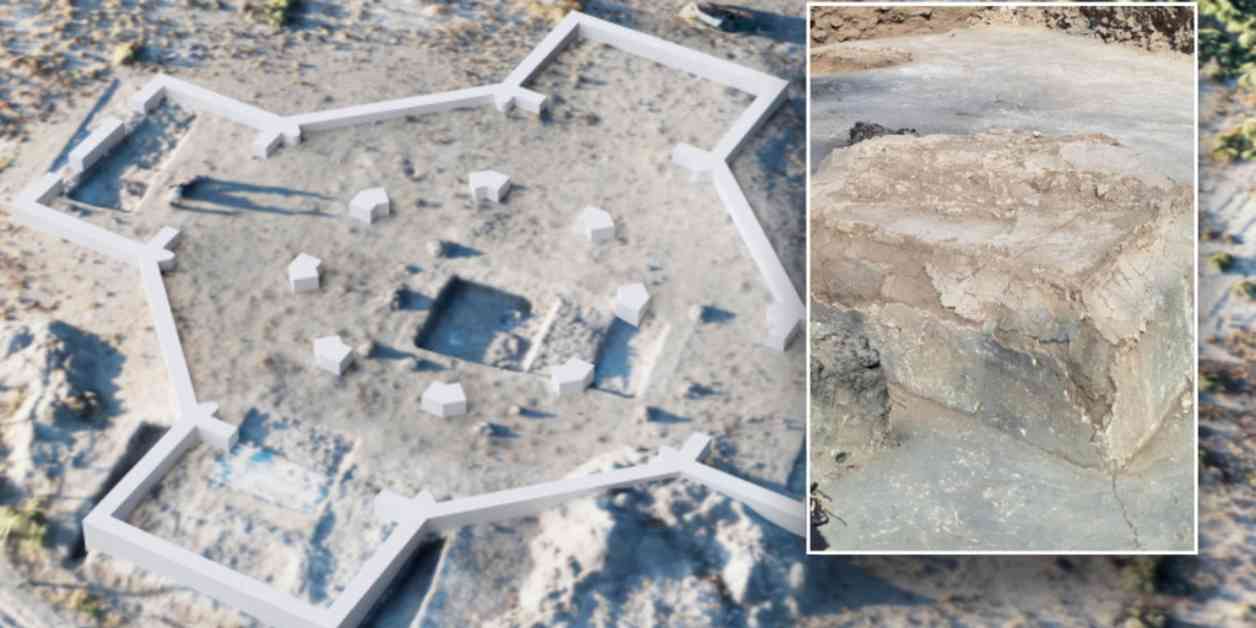Archaeologists have made a remarkable discovery recently, uncovering what is believed to be one of the oldest Christian churches in the world. The University of Münster, in collaboration with archaeologists from the National Academy of Sciences of Armenia, made this significant find at the Artaxata site in the Ararat Plain. The ancient ruins of the fourth-century church were discovered after years of excavation at the site.
The University of Münster described the find as an octagonal building with cruciform extensions, typical of early Christian memorial buildings. The researchers excavated parts of the church and used geophysical methods to study it. Radiocarbon dating of wooden platforms found in the cross-shaped extensions dated back to the mid-4th century AD, confirming the church’s age.
The church had a large octagonal shape with a floor made of mortar and terracotta tiles, measuring approximately 100 feet in diameter. Fragments of imported marble from the Mediterranean suggest that the church was lavishly decorated. This discovery is considered to be the oldest Christian church ruins ever found in Armenia, providing valuable evidence of early Christianity in the region.
Professor Achim Lichtenberger of the University of Münster called the find “sensational evidence for early Christianity in Armenia.” The discovery is particularly significant in Armenia, known as the first Christian state ever established. Legend has it that Gregory the Illuminator converted the Armenian king Tiridates III to Christianity in Artaxata in 301 AD, marking Armenia as the first Christian state in the world.
The proximity of the newly discovered church to the medieval monastery of Khor Virap further emphasizes Armenia’s rich Christian tradition. Artaxata, once the capital of the Kingdom of Armenia, played a vital role in the region’s history, serving as the capital for almost six centuries under various dynasties.
This discovery sheds new light on the early Christian history of Armenia and adds to the country’s rich cultural heritage. The find underscores the importance of continued archaeological research in uncovering ancient civilizations and understanding the development of Christianity in the region. Stay tuned for more exciting discoveries in the field of archaeology as experts continue to explore and unearth hidden treasures from the past.




